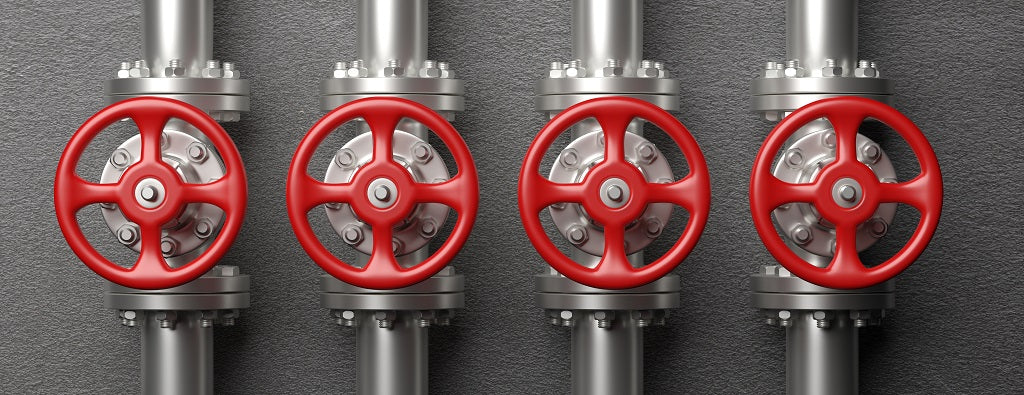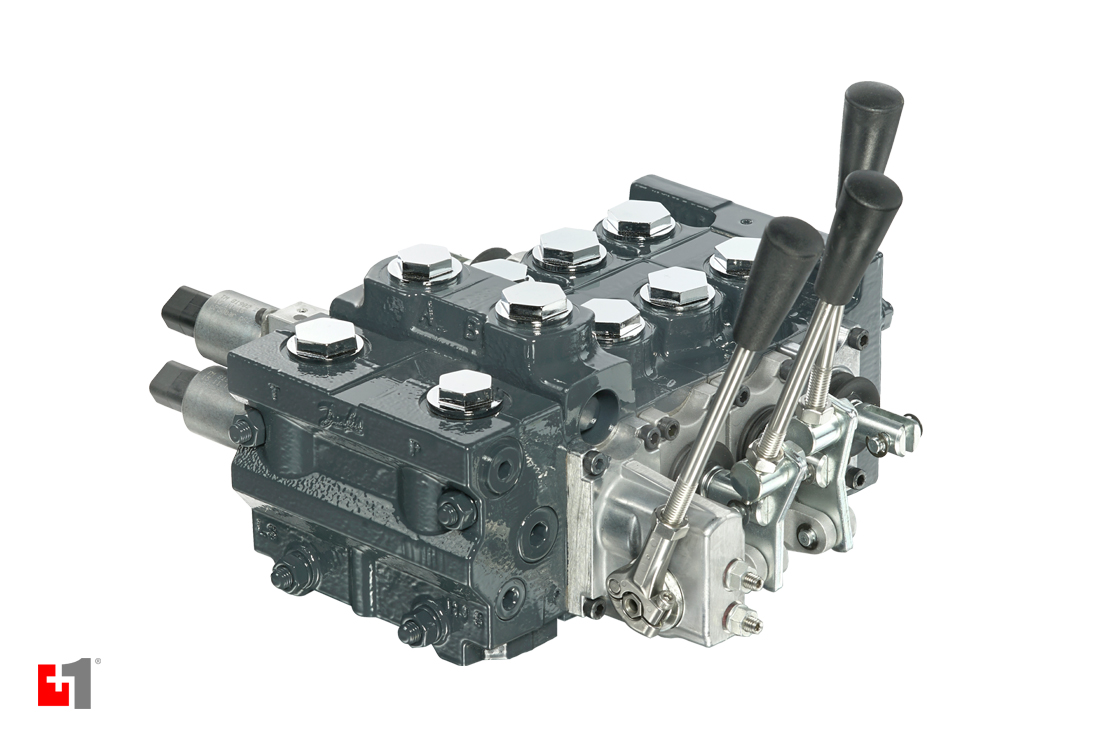
Maximize Power Savings and Comfort With Advanced Structure Automation Controls
In the world of contemporary style and center administration, the combination of advanced structure automation regulates stands as a crucial innovation. The merging of modern technology and sustainability has birthed a brand-new period where power efficiency, comfort optimization, and functional streamlining are no much longer obtainable realities but remote goals. By utilizing the power of automation, buildings can adapt, respond, and advance in means that were as soon as unbelievable. The capacity for significant power savings and boosted comfort is not simply a guarantee but an opportunity waiting to be satisfied. This standard shift in structure monitoring holds the vital to unlocking a globe where ecological conscientiousness and occupant wellness sympathetically coexist within the wall surfaces of our frameworks.
Energy Efficiency Perks
Power efficiency advantages can substantially reduce power intake and operational expenses in structures. By executing energy-efficient methods and modern technologies, building owners and drivers can achieve substantial financial savings while likewise contributing to environmental sustainability. One of the key advantages of boosting power effectiveness in buildings is the reduction of utility expenses. Energy-efficient systems, such as advanced building automation controls, can optimize making use of resources like cooling, home heating, and illumination, leading to reduced power expenditures over time.
In addition, improved energy performance can lengthen the lifespan of building equipment and systems. By running extra effectively, a/c systems, light, and various other building parts experience less damage, causing decreased upkeep and replacement expenses. In addition, energy-efficient buildings typically command greater residential or commercial property values and rental prices, offering lasting monetary benefits to owners.
Furthermore, energy performance can improve occupant comfort and performance. Properly controlled indoor atmospheres with optimal illumination and thermal problems produce an even more conducive and positive work area, bring about improved employee contentment and efficiency. On the whole, the power efficiency benefits related to advanced building automation controls are multifaceted, including price savings, environmental stewardship, and resident wellness.
Improved Convenience Control
Enhancing convenience control in building settings needs an advanced combination of advanced automation systems for optimum resident well-being. By utilizing innovative building automation controls, centers can tailor the indoor environment to satisfy the particular needs and preferences of residents. control valves.
Boosted comfort control exceeds standard temperature level adjustments. It consists of features such as tailored settings, tenancy sensing units, and all-natural light application to develop a vibrant and receptive environment. By including these sophisticated controls, buildings can not only boost convenience but additionally enhance power effectiveness by maximizing system procedures based on actual tenancy and use patterns. Ultimately, focusing on owner comfort with advanced automation systems results in an extra pleasurable and much healthier indoor setting.
Functional Effectiveness Improvements
Additionally, the application of real-time monitoring and analytics devices allows structure drivers to recognize energy inefficiencies and functional anomalies promptly. By continually monitoring view energy use patterns and system performance metrics, adjustments can be made in real-time to maximize energy usage and ensure peak operational performance. control valves. Additionally, including demand action approaches into structure automation controls can further boost operational performance by dynamically changing power use based on grid conditions and pricing signals
Indoor Environment Optimization
Efficient indoor environment optimization is a fundamental aspect of building automation controls, ensuring residents' convenience and health while maximizing energy financial savings. By utilizing advanced sensors and controls, constructing automation systems can continuously keep an eye on and readjust temperature, moisture degrees, air top quality, and air flow to produce an optimal indoor environment. Maintaining comfortable and constant conditions not only improves occupant satisfaction but also increases efficiency and total well-being.
Indoor climate optimization also plays a vital function in energy performance. By fine-tuning heating, air conditioning, and air flow systems based upon real-time information and occupancy patterns, developing automation controls can considerably decrease energy intake - control valves. Executing strategies such as demand-controlled air flow and thermal zoning can assist lessen power waste while making sure that each area of the building gets the necessary conditioning.

Sustainable Atmosphere Creation
Structure automation controls not only optimize interior climate problems for power effectiveness and owner convenience but likewise lay the foundation for creating a lasting environment via tactical monitoring of resources and systems. By integrating sophisticated structure automation innovations, such as sensors, actuators, and smart software program, facilities can change and check power usage in real-time to lessen waste and lower their carbon footprint. These systems allow predictive upkeep, recognizing possible problems prior to they escalate look at this web-site and enhancing tools performance to improve durability and efficiency.
In addition, sustainable environment development prolongs past power management to include water preservation, waste decrease, and interior air quality enhancement. Building automation controls can control water use, spot leaks, and make certain proper waste disposal methods, adding to general sustainability initiatives. Additionally, by keeping track of and managing ventilation and purification systems, these technologies enhance occupant health and productivity while lowering power usage connected with cooling and heating procedures.
Verdict
In conclusion, progressed structure automation manages offer significant benefits in terms of energy cost savings, comfort control, functional effectiveness, indoor climate optimization, and developing a lasting atmosphere. By carrying out these controls, buildings can achieve optimum efficiency while minimizing energy consumption and boosting occupant convenience. It is obvious that making use of innovative automation innovation is essential in enhancing structure performance and producing an extra sustainable future.
Energy effectiveness benefits can significantly lower energy consumption and functional expenses in structures. In general, the power effectiveness advantages linked with sophisticated structure automation controls are diverse, encompassing price savings, ecological stewardship, and passenger well-being.
Furthermore, incorporating demand action approaches right into structure automation controls can better enhance functional performance by dynamically readjusting power usage based on grid conditions and rates signals.
Building automation manages not only optimize indoor climate conditions for energy efficiency and occupant comfort however likewise lay the foundation for creating a sustainable setting via strategic management of resources and systems.In verdict, progressed structure automation regulates deal considerable benefits in terms of power financial savings, convenience control, functional effectiveness, indoor environment optimization, and developing a lasting atmosphere.